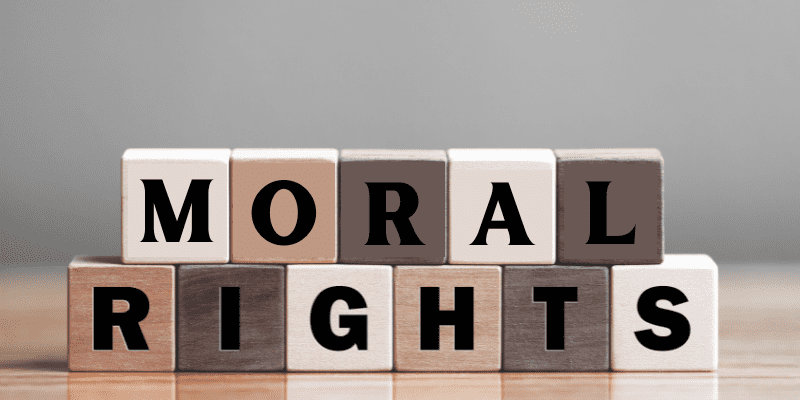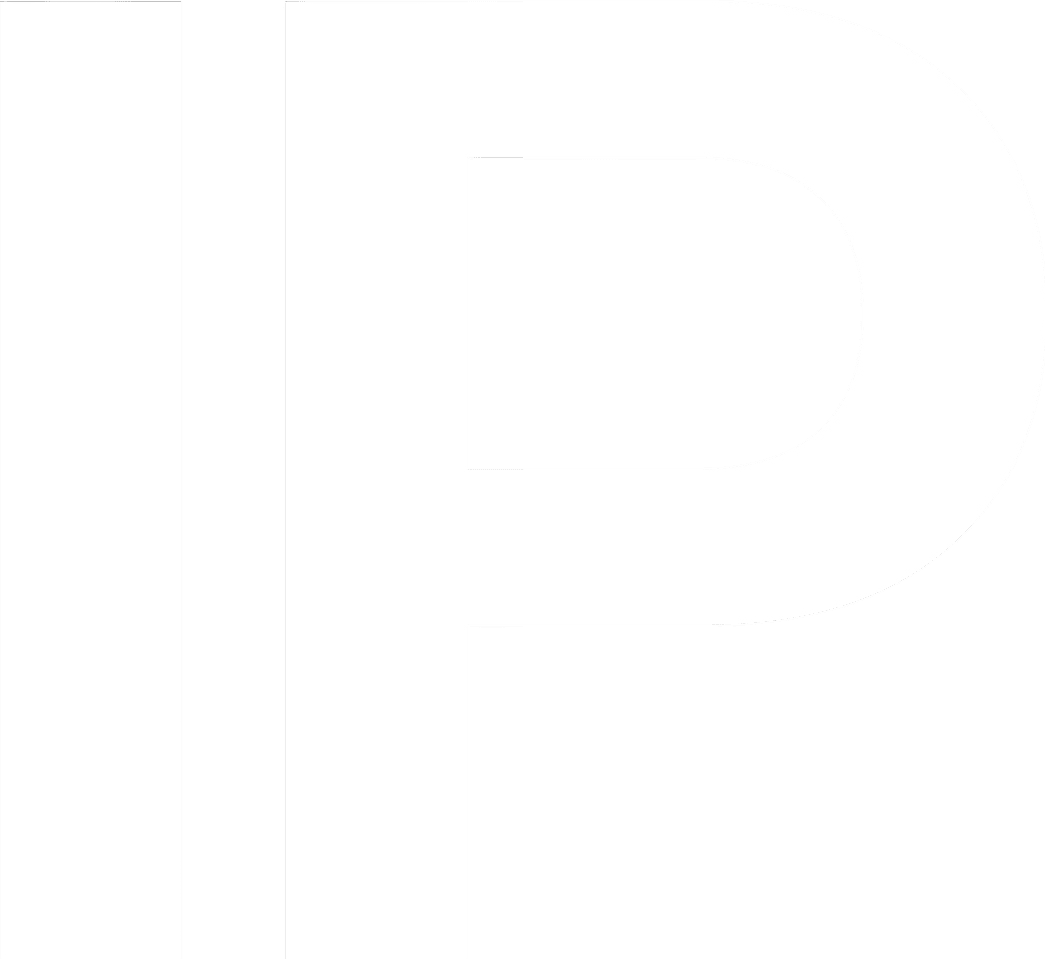
In the year 1957, the Government of India commissioned a certain Mr. Sehgal to create a bronze mural for the Vigyan Bhavan, the most prominent International Convention Hall in Delhi. The bronze sculpture in question was about 140 ft. span and 40 ft. sweep and had taken five years to complete. On completion, it was placed on the wall of the Lobby in the Convention hall. This embellishment on national architecture became a part of the Indian art heritage.
However, in 1979, the mural was pulled down and consigned to the storeroom of the Union without notice or permission, or authorization of Mr. Sehgal. When Mr. Sehgal came to know of this ill-treatment, he made representations to the government authorities for restoration of the mural, to no avail.
However, the question here is whether Mr. Sehgal has any right to the sculpture once it has been handed to the person who had commissioned it.
The case of Amarnath Sehgal v. Union of India brought the debate over the moral rights of authors and creators to the forefront.
What are more rights?
Moral rights find expression in Section 57 of the Copyright Act, 1957, which is in accordance with Article 6bis of the Berne Convention. They are the author’s or creator’s special rights, including the right to paternity and the right to integrity.
The right to paternity is the right of the author to claim authorship over his work and have it attributed to him. On the other hand, the right to integrity permits the author to restrain or claim damages in the event of any distortion, mutilation, modification, or other untoward act done to his work. However, it is essential that such act in question should prejudice the honor and reputation of the creator or author, and such act should be done before the expiry of the term of copyright in work.
Though initially intended to protect only literary works, the concept of moral rights was later extended to artistic, musical, dramatic, and cinematograph films as well.
What did the Court decide?
Amarnath Sehgal filed a petition under Section 57 of the Indian Copyright Act before the Delhi High Court seeking enforcement of his moral rights. He sought an apology from the defendants, a permanent injunction on the defendants to restrain them from distorting, mutilating, or damaging the plaintiff’s mural, and damages to the tune of INR50 Lacs. He was also granted the same.
The main takeaway from this case is that despite the transfer or sale of a copyrighted work from the creator to another person, all the creator’s rights do not get extinguished. The creator retains his/her moral rights that can be enforced when needed.
